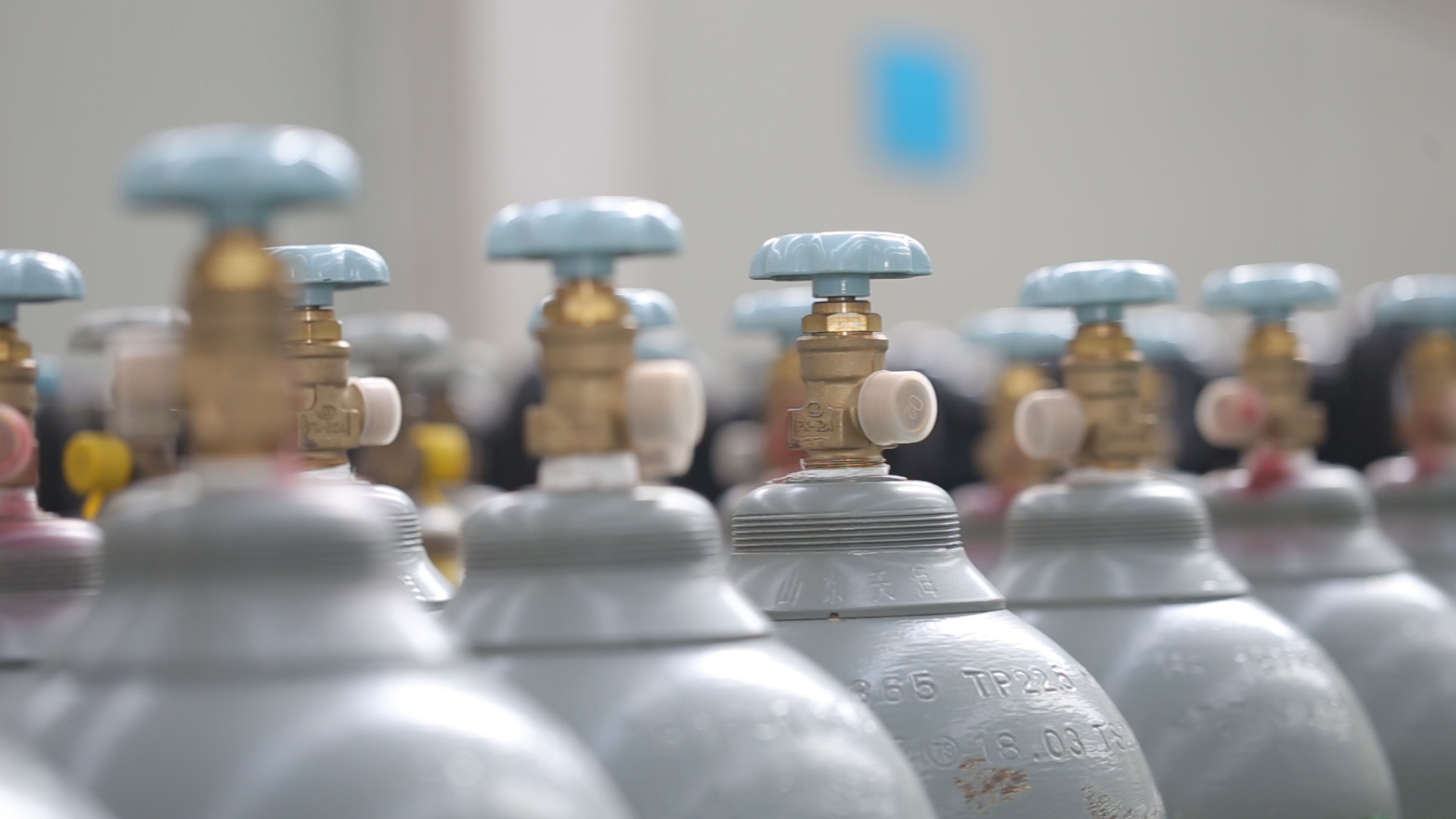Safety management of standard gas distribution (1)
With the development of economy and the growing market demand for standard gases, the types of standard gases are becoming more and more complex, and their application fields involve petrochemical industry, exploration, metallurgy, machinery manufacturing, electronics, coal, electric power, environmental protection and other fields (process gases or standard gases). In recent years, some unexpected accidents often occur in the preparation process of standard gases, which not only cause personal injuries, but also cause huge property losses. Therefore, only by understanding and mastering the nature of gas and material, reasonably designing the filling process, formulating strict operating procedures, and clearly identifying the hazards of gas cylinders, can we ensure the safety in the process of preparing and using standard gas.
I. Design of filling system
Incompatible gases cannot be charged on a charging system. Two separate charging systems should be designed to separate incompatible gases. If on a bus connection non-compatible gases at the same time, when the valve leakage, high pressure of the gas will flow into the low pressure gas cylinders in the cause of incompatibility reaction and the combustion or explosion, at the same time, the operation of the operator's mistake could also lead to the risk of catastrophic, acidic gas and alkaline gas at the same time, access to a system.
Standard gases
II. Incompatibility of gases
1. Oxidative gases and combustible gases are incompatible. Common oxidizing gases include: oxygen (O2), nitrous oxide (N2O), nitric oxide (NO), nitrogen dioxide (NO2), nitrogen trifluoride (NF3), fluorine (F2), chlorine (Cl2) and so on. Common flammable gases include: hydrogen (H2), methane (CH4), other hydrocarbons (alkanes, alkenes, alkynes, etc.), carbon monoxide (CO), ammonia (NH3), hydrogen sulfide (H2S).
2. Acidic gases and basic gases are incompatible. Common acidic gases include: hydrogen chloride (HCl), hydrogen bromide (HBR), sulfur dioxide, common alkaline gases include ammonia (NH3), amine (RNH2).
3. Oxidative gases and reducing gases are incompatible.





 Facebook
Facebook YouTube
YouTube LinkedIn
LinkedIn Twitter
Twitter